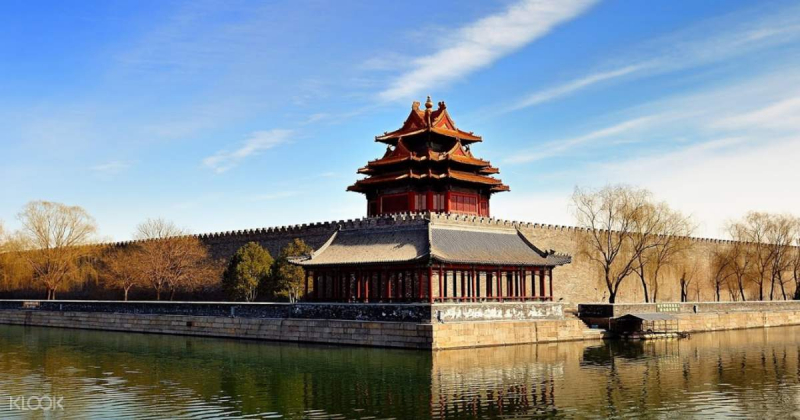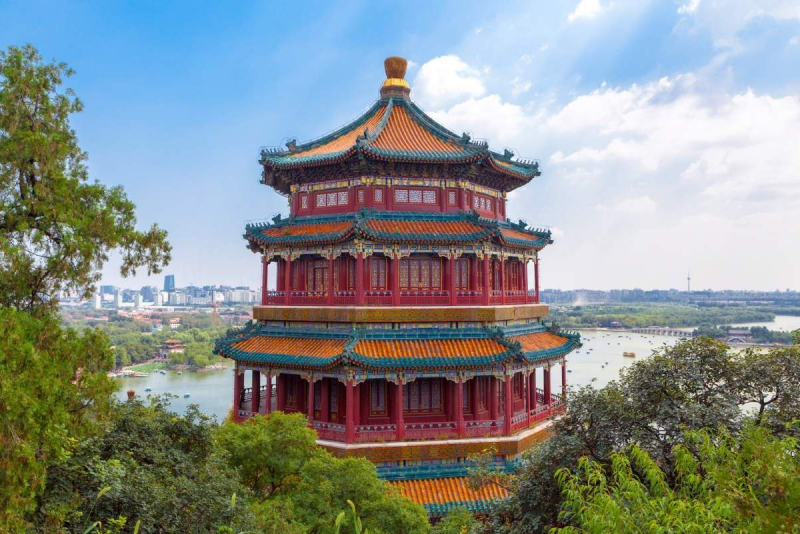The Summer Palace
The Summer Palace, erected in 1750, was mostly destroyed during the 1860 war and was rebuilt on its original foundations in 1886. It is a Chinese landscape garden design masterpiece. The natural scenery of hills and open water is blended with manufactured structures, including pavilions, halls, palaces, temples, and bridges to create a harmonic ensemble of exceptional artistic value.
Beijing's summer palace incorporates various classical halls and pavilions within the Imperial Garden, which Qing emperor Qianlong envisioned as the Garden of Clear Ripples between 1750 and 1764. The Summer Palace combined political and administrative, residential, spiritual, and recreational functions within a landscape of lakes and mountains, following the Chinese philosophy of balancing man's works with nature. It was built on Kunming Lake, the former reservoir of the Yuan dynasty's capital, and Longevity Hill.
The Summer Palace's connected Residential area consists of three building complexes: the Halls of Happiness in Longevity, Jade Ripples, and Yiyun, all of which are constructed up against the Hill of Longevity and provide beautiful views of the lake. The remaining 90 percent of the park is designed for viewing and spiritual reflection, including garden structures like the Tower of the Fragrance of Buddha, the Tower of the Revolving Archive, the Wu Fang Pavilion, the Baoyun Bronze Pavilion, and the Hall that Dispels the Clouds. Kunming Lake has three big islands representing the traditional Chinese symbolic mountain garden aspect, the southernmost of which is connected to the East Dike by the Seventeen Arch Bridge. The West Dike is a crucial feature with six bridges of varying lengths. Temples and monasteries in Han and Tibetan styles may also be found on the north side of the Hill of Longevity and the Garden of Harmonious Pleasure to the northeast.
Address: 19 Xinjiangongmen Road, Haidian District, Beijing
Official website: www.summerpalace-china.com/English/index.htm

















